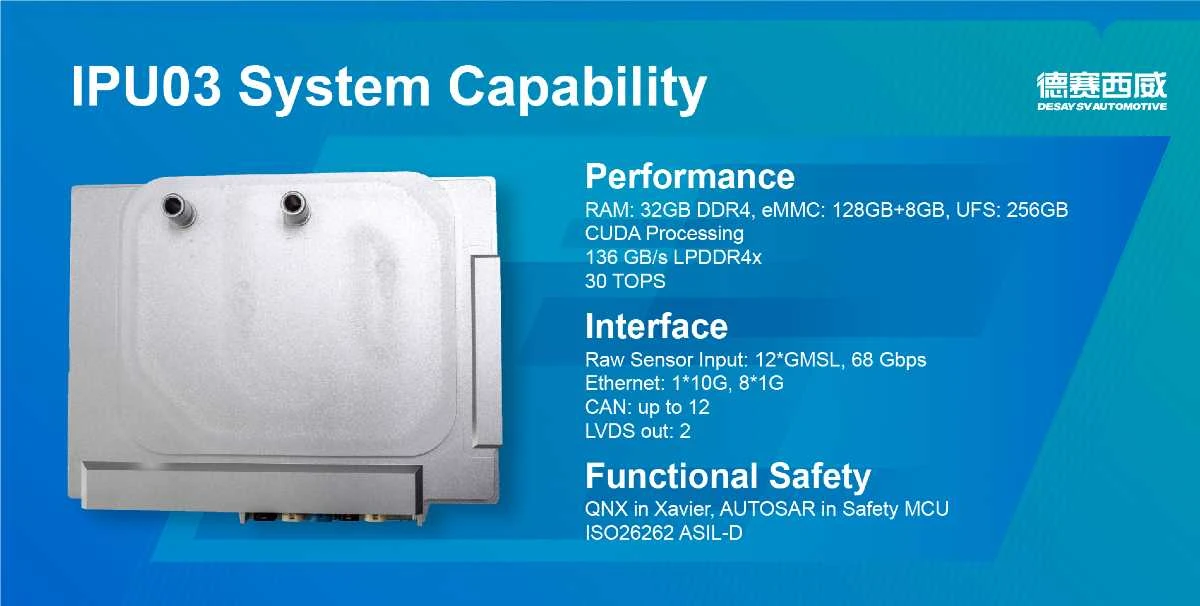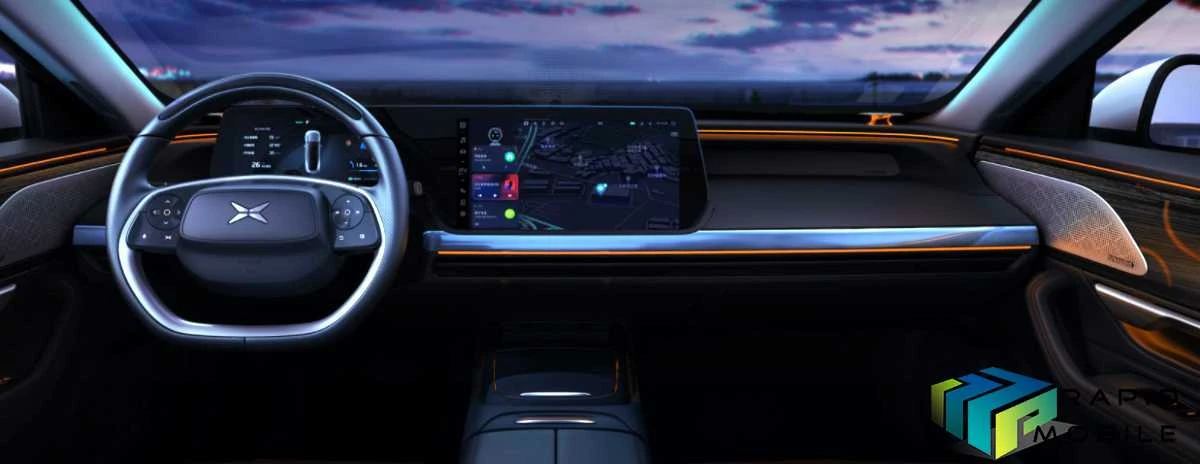BlackBerry has announced the IPU-03, an autonomous driving domain controller developed in conjunction with Desay SV Automotive, has been officially mass produced in the Xpeng P7, a super-long range, high-performance and fast-charging intelligent EV sports sedan from Xpeng Motors, one of China’s leading electric vehicle and technology companies.
As the operating system for the IPU-03, QNX OS for Safety powers the Xpeng P7‘s intelligent driving system.
Available in China, the Xpeng P7 is one of the world’s leading autonomous EVs and carries the Desay SV automatic driving domain control unit – the IPU-03. Through multi-sensor data collection, the IPU-03 calculates the vehicle’s driving status and provides 360-degreee omnidirectional perception with real time monitoring of the surrounding environment to make safe driving decisions.
“Desay SV Automotive has extensive experience in intelligent cockpits, smart driving and connected services. Augmented with the safety expertise of BlackBerry® QNX®, together we can address the diverse needs of an auto industry that is undergoing meaningful transformation,” said John Wall, Senior Vice President and Co-Head of BlackBerry Technology Solutions.
“To that end, it’s a real privilege to have BlackBerry technology powering the intelligent driving system within Xpeng Motors innovative new P7 system.”

As the central processing unit for the vehicle’s autonomous driving function, the IPU-03 meets the automotive industry’s most stringent requirements. On the software side, QNX OS for Safety is an AUTOSAR-compliant real-time operating system (RTOS) containing safety components running on the MCU.
On the hardware front, backup redundancy design methodology has been adopted. The IPU-03 fulfills ISO 26262 Functional Safety ASIL Level D and forms the backbone for Xpeng’s intelligent driving system.
In addition, the NVIDIA Xavier platform has a computing capacity of up to 30 trillion operations per second (TOPS), making it capable of processing massive data input from the vehicle’s various sensors, including radars, cameras, lidar and ultrasonic systems, in real time and running algorithms such as perception, positioning, planning, and control without delay.
“We are excited to work with BlackBerry QNX who is known for its safety, security, and real-time capabilities,” said Li Huang, General Manager of Technology Center at Desay SV Automotive.
“Our relationship with BlackBerry QNX allows both companies to improve our product advantages in the field of autonomous driving with a view to providing car manufacturers and users with safe, high-performance and smart mobility solutions.”
BlackBerry’s QNX OS for Safety is an operating system that embedded developers can use to build safety-critical systems. Based on BlackBerry’s advanced and secure QNX® Neutrino® RTOS, QNX OS for Safety has been certified to ISO 26262 ASIL D and IEC 61508 SIL3.
With a pre-certified microkernel RTOS, automakers and embedded software developers in a wide variety of industries can accelerate their development and streamline certification efforts with a reduced scope.



